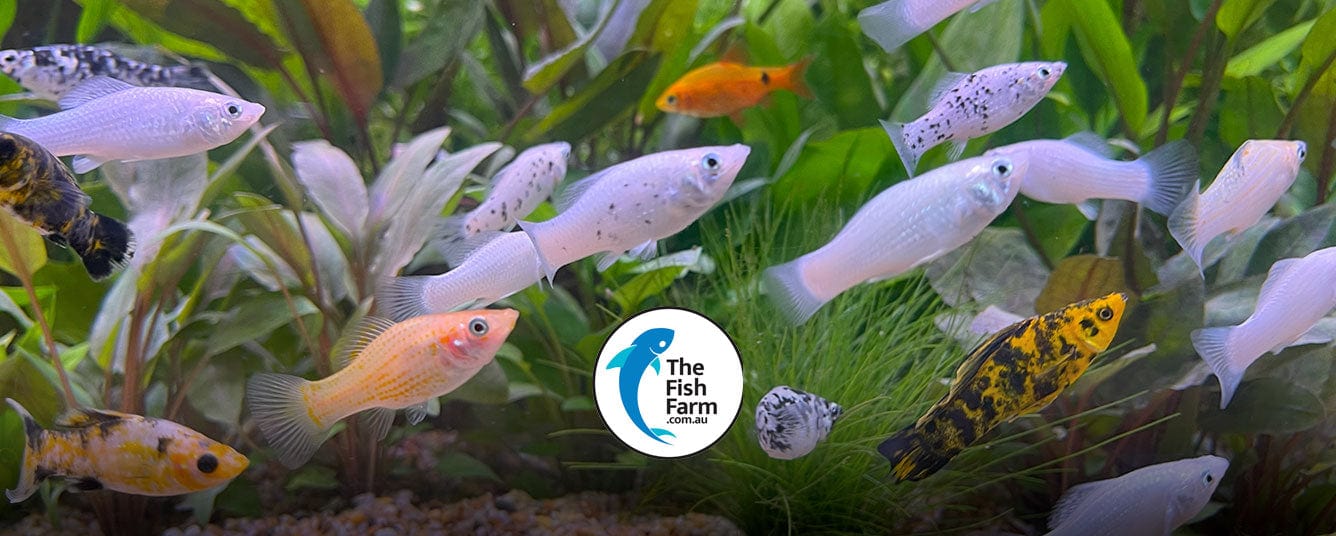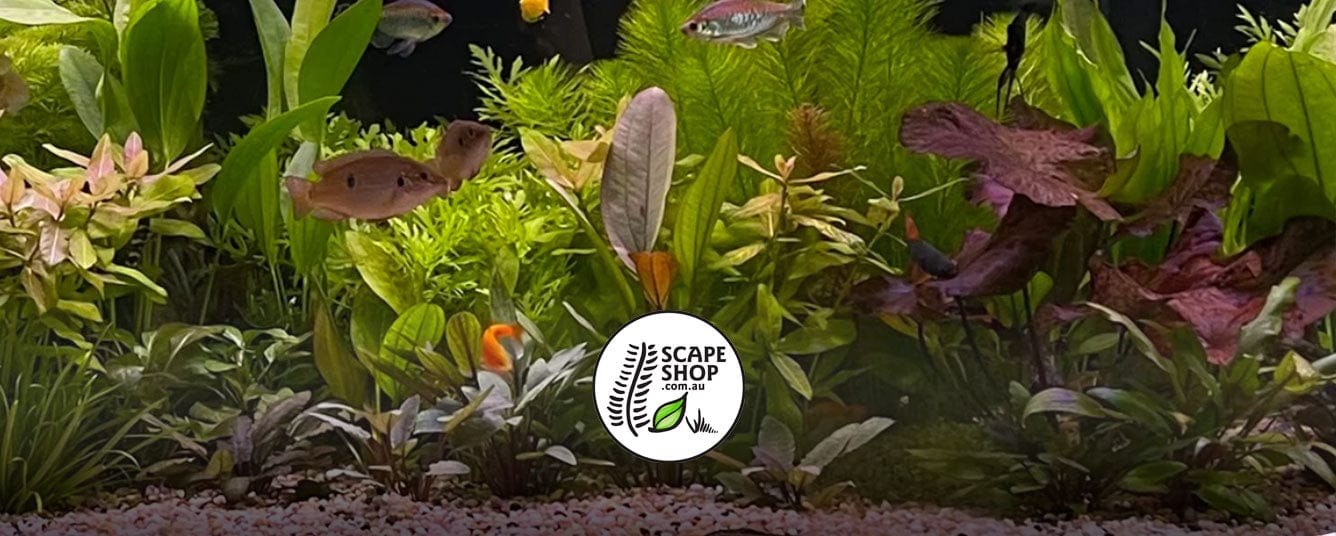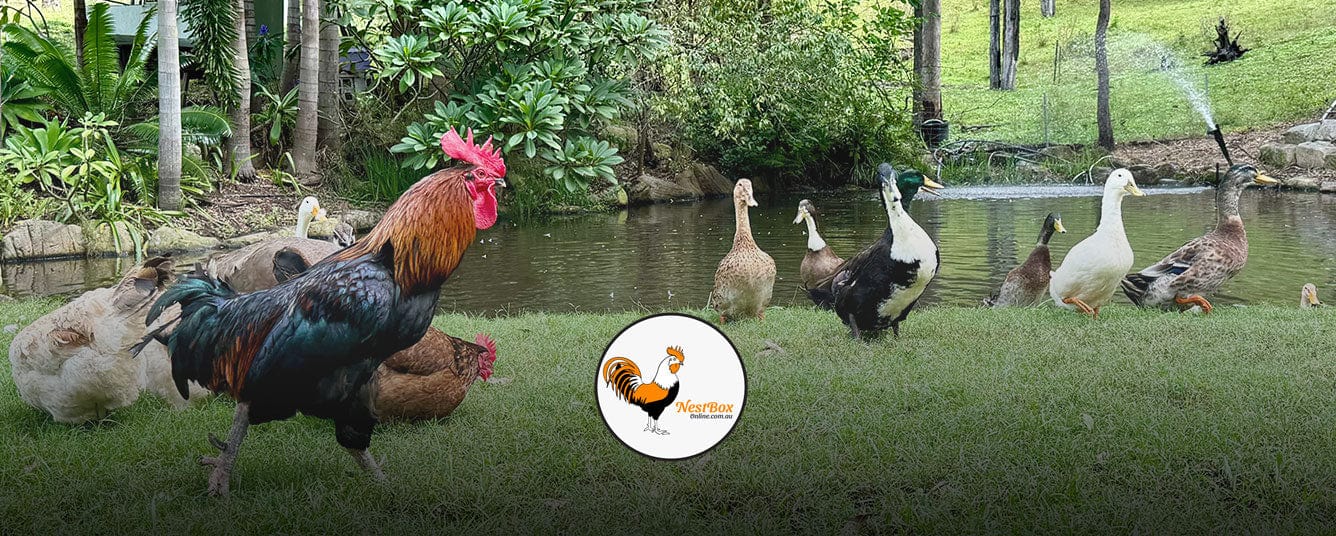
Can you feed Wild Birds and Reptiles in Australia?
Share
Feeding wild animals can be a controversial topic in Australia, with a lot of the advice being simply “don’t”. This may seem surprising, considering that the practice of feeding wild reptiles, birds and other animal visitors has been recorded as far back as 1500 years ago, and likely existed well before that. Research by Griffith University discovered that 30-50% of Australians are already feeding wild birds, so why is there so much discourse about it being harmful?
Sometimes, people with good intentions inadvertently do bad things, especially when it comes to the types of food we’re feeding animals. The natural diet of many birds and lizards may contain many different insects.
Supplementing a wild diet can be useful for the animals during winter or drought or other stressful times. However, feeding raw meat like mince or processed foods like cat or dog food or bread scraps can be harmful. Food that is as natural as possible is a great choice.
 Feeding Wild Birds
Feeding Wild Birds
The other problem is that human food like bread or crackers, has little to no nutritional value to ducks. It fills them up so that they’re not hungry, but it’s not giving them the calories and nutrients they need to survive. Those filled-up ducks don’t forage as much for the things they’d eat in the wild, and their health suffers as a result.
But it’s not just bread that shouldn’t be fed to wild birds.
Raw mincemeat is something that can seem like a good idea. Birds like Kookaburras and Magpies eat prey like skinks and snakes, why not mincemeat? Part of the problem is that even simple mincemeat can have extra preservatives and additives that are bad for animals. The fat and phosphorus in mincemeat can be harmful, and the nutrients that are missing from mincemeat are also a problem. This often results in a calcium deficiency that can be devastating for birds, weakening their bones and beaks until they’re incapable of survival and causing metabolic bone disease. Mince can also get stuck in bird beaks, where it can decay and cause infections. Also when they hunt for themselves, they eat the whole animal, not just the meat.
When a bird eats whole insects, they recieve the protein that they would get from mince, but also a range of other vitamins and nutrients that simply don’t exist in mince.
Remember, just because a wild animal will eat something, that doesn’t mean it is healthy.
Feeding Wild Reptiles 
Sometimes lucky people have wild lizards like Water Dragons, Bearded Dragons, Skinks, Blue Tongues and Geckos in their garden. It can be fun to offer these wild visitors an occasional treat of live insects.
Crickets, woodies, mealworms, BSFL and giant mealworms are all suitable in moderation to feed to native lizards.
Feeding Wild Animals
Should you feed wildlife? Interacting with animals can be enormously rewarding, and for many people, that interaction comes from feeding. But if you’re going to feed your local visitors, here are some recommendations so that you can experience the joy of interacting while still keeping your friends safe and healthy.
- Don’t make the animals completely reliant on you for food.
Supplement their diet with a few healthy treats occasionally but don't become their main or only food source.
- Know your local laws.
In some states, it’s illegal to feed any wild native animals, and in other states, certain restrictions still apply. In Queensland, as of the time of writing, there are restrictions around feeding animals that are dangerous or create a threat to human safety. So feeding birds = legal, feeding crocodiles = illegal (and probably a terrible idea in general.)
- Clean your plate.
Animals may not use soap, but that doesn’t mean that they’re immune to bacteria and diseases that can come with decaying food. Be sure to remove any uneaten food and to clean all feeding surfaces. It’ll not only prevent mould from decaying leftovers, it will also help to reduce diseases spreading between birds.
- Prevent unwanted guests.
Leftover food will attract more than just friendly animals. Vermin, such as mice and rats, can be attracted to uneaten scraps, resulting in pest infestations as they become accustomed to the free meals.
- Beware of predators.
You’ve seen the wildlife documentaries where the lions hang out near the water hole because they know those delicious gazelles are going to be coming around... Well you might not have lions around your property, but that doesn’t mean that the local birds you’re feeding have nothing to fear. Native predators like Brown goshawks, and introduced predators like cats, will take advantage of the extra local bird activity so if you’re leaving food out, consider things like feeder placement to ensure you’re not turning your guests into targets.
- Consider who you’re feeding.
Some birds are endangered, but others are thriving so much they’re classified as pests. Do some research to make sure you’re not inadvertently contributing to a plague of Ibis while a rarer species struggles to compete.
So what food is suitable?

Fortunately for you, here at Reptile Realm, we have a huge range of premium feeder insects that are ideal for wild, rescued and pet animals. We ship feeder insects like mealworms, crickets and woodies to farms, breeders and families throughout Queensland, New South Wales, ACT, Victoria and South Australia.
For optimum freshness, livefood is best, and our team specialises in carefully packing your order to ensure your bugs arrive at your door, safe and sound. We also have dried, frozen and vacuum-sealed bugs you can keep on hand if you’re unable to source live feeder insects.
Like any interaction with wild native fauna, the health and wellbeing of both the animal and yourself is paramount. But with some simple steps and the right food, you can safely enjoy the delightful and rewarding pastime of feeding our beautiful local wild animals.





